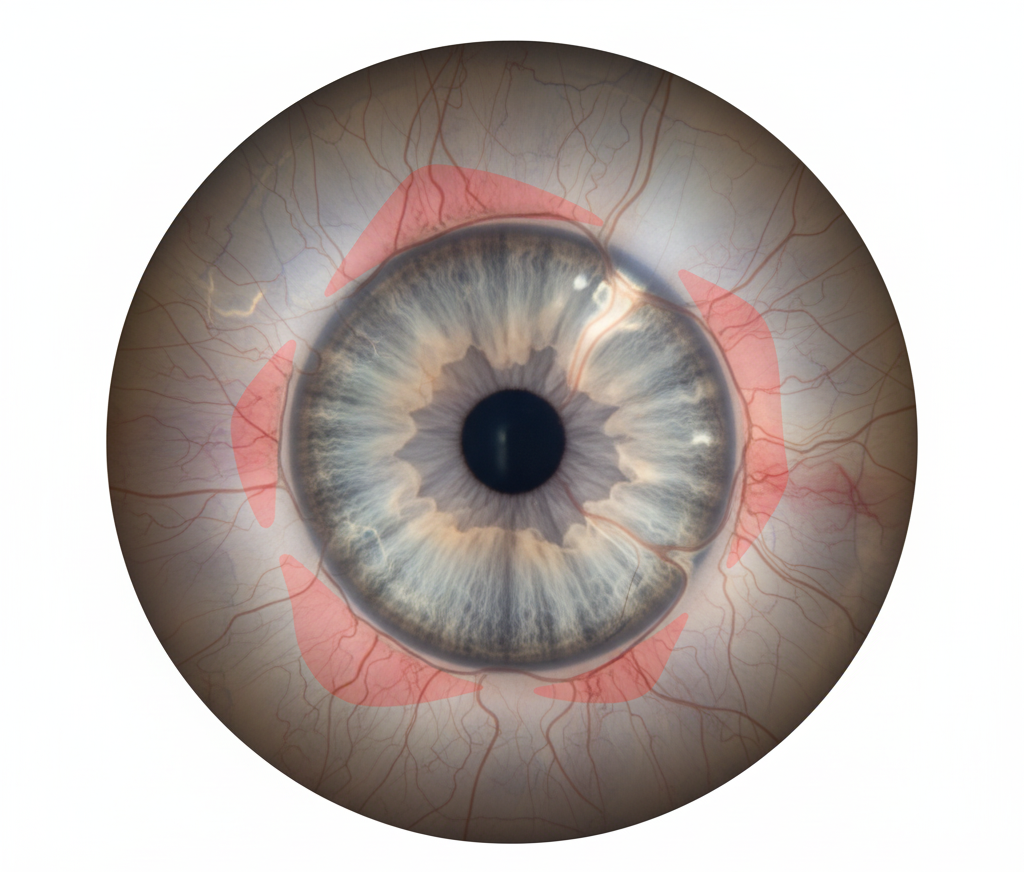When the Pressure Builds: A Systematic Review of Intraocular
Ahmed Abdalla¹, Qais Al-Said², Osman Yousif³, Isra Mohammed⁴, Ibraheem K. Abu Haltem⁵, Mariam Al-Tashi⁶
Keywords:
glaucoma, intraocular pressure, fluctuations, progression, monitoring, visual field, optic nerveKeywords: Diabetic Macular Edema; Anti-VEGF Therapy; Aflibercept; Ranibizumab; Bevacizumab; Visual AcuityAbstract
https://doi.org/10.5281/zenodo.16944256
Background: Glaucoma is a leading cause of irreversible blindness, with intraocular pressure (IOP) fluctuations increasingly recog- nized as critical drivers of disease progression beyond mean IOP levels. Conventional clinic-based tonometry often fails to capture diurnal or nocturnal IOP variability, underscoring the need for evidence synthesis on its role in disease outcomes.
Objective: This systematic review evaluates the association between IOP fluctuations and glaucoma progression, compares monitoring methods, and highlights implications for clinical practice.
Methods: A comprehensive search of studies published between 2000 and 2025 identified 25 eligible investigations, including retro- spective and prospective cohorts and randomized controlled trials. Data were extracted on study design, IOP measurement methods, progression criteria, and clinical outcomes. Quantitative associations between IOP variability, peak IOP, and glaucoma progression were analyzed.
Results: Of the 25 included studies, 20 (80%) demonstrated a significant association between higher IOP variability and structural or functional progression. Hazard ratios for progression ranged from 1.15 to 5.69 depending on fluctuation metrics, with diurnal and nocturnal spikes posing the greatest risks. Fluctuations predicted faster retinal nerve fiber layer thinning and visual field deterioration in primary open-angle and angle-closure glaucoma, whereas associations were weaker in normal-tension glaucoma. Monitoring strat- egies varied: Goldmann applanation tonometry (8 studies) remained the most common, but home-based rebound tonometry and con- tinuous contact lens sensors captured greater variability and nocturnal peaks, offering superior risk stratification.
Conclusion: IOP fluctuations, independent of mean IOP, are strong predictors of glaucoma progression. Incorporating fluctuation met- rics into risk models, employing home or continuous monitoring, and selecting treatments that stabilize 24-hour IOP profiles may enhance patient outcomes. Future research should standardize definitions of IOP variability and validate innovative monitoring ap- proaches in diverse populations.
Keywords: glaucoma, intraocular pressure, fluctuations, progression, monitoring, visual field, optic nerveKeywords: Diabetic Macular Edema; Anti-VEGF Therapy; Aflibercept; Ranibizumab; Bevacizumab; Visual Acuity
Downloads





